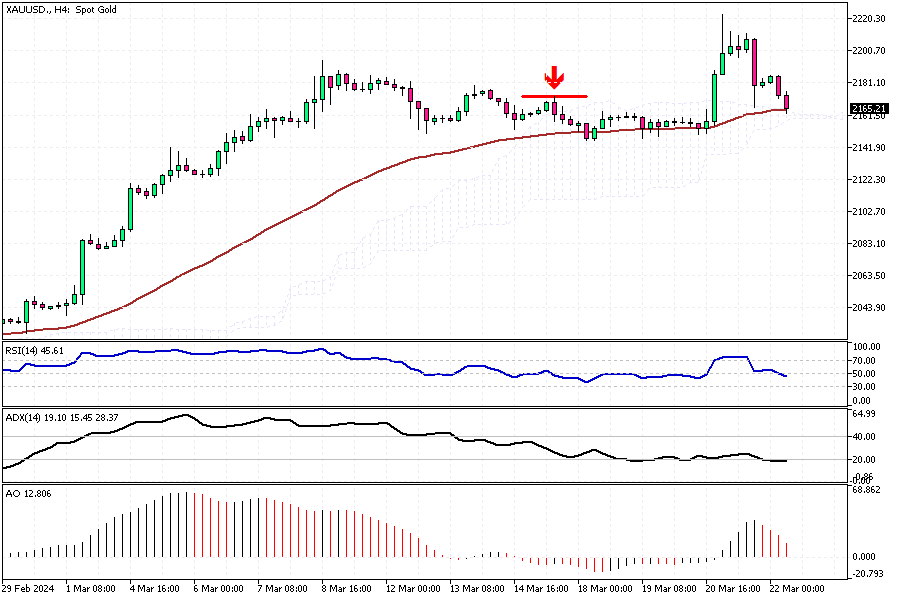Precious Metal Trends: Gold Prices Dip
Gold Analysis — On Friday, gold prices declined, dropping to around $2,170 an ounce. This decrease follows a previous session’s downward trend, influenced by a strengthening dollar. The reason? Market speculations suggest that global central banks may reduce interest rates sooner than the U.S. Federal Reserve.
Central Banks’ Surprise Moves
Recently, the Swiss National Bank unexpectedly reduced its principal policy rate, propelled by the strength of the Swiss franc. Concurrently, the Bank of England held its ground, signaling a cautious stance. Notably, two members who had previously advocated for increased rates shifted their stance to support this pause.
Japan and the U.S.: Diverse Monetary Paths
The Bank of Japan is returning from its hostile interest rate policy and discontinuing its yield curve control measures. However, the bank is expected to maintain a supportive monetary stance shortly. In contrast, this week, the U.S. Federal Reserve decided to keep its rates unchanged, continuing its prediction of three rate reductions this year.
Despite this, Federal Reserve officials emphasize the necessity for clear evidence of a sustainable decrease in inflation toward a 2% target before considering rate cuts.
Conclusion: Navigating Economic Signals
In conclusion, the financial landscape is marked by the contrasting approaches of global central banks and the Federal Reserve. As investors and analysts observe these developments, gold’s fluctuating prices reflect the ongoing uncertainties and adjustments in monetary policies worldwide. Moreover, understanding these dynamics is crucial for investors navigating the complexities of the global economic environment.







